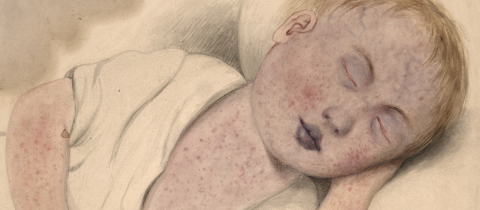When is a substance a food and when is it a drug? That may sound like a simple question but the answer can be complicated. Suppose you take some rice, inoculate it with a type of yeast, let it ferment for a while and then eat it directly, or use it to flavor some other dish. Everyone would agree that this is a food. After all, there is not much difference between this process and that used to make bread rise by adding yeast. But what if you let the yeast grow on the rice, mill the rice, put it into pills, and sell it as a cholesterol-lowering supplement? Is that still a food? No, according to the FDA. When a US company called Pharmanex tried to sell a red yeast preparation as a cholesterol lowering dietary supplement, the FDA stepped in and claimed that Cholestin, as the supplement was called, was an unapproved drug. Why? Because it contained a substance that could lower cholesterol by interfering with an enzyme in the liver responsible for cholesterol synthesis. And that substance happened to be identical with lovastatin, the active ingredient in a prescription medication known as Mevacor. Indeed, lovastatin was produced by a fermentation process similar to red yeast rice, but of course the compound was isolated, purified and standardized. Merck, the producer of Mevacor, objected to the sales of Cholestin as a “natural” cholesterol lowering agent, claiming that Pharmanex had developed a process to concentrate the lovastatin level of its product, making it a drug, not a dietary supplement. And if it was a drug, it infringed on Merck’s patent.
The FDA agreed, further pointing out that dietary supplements were not regulated like drugs and that the levels of lovastatin in Cholestin were not standardized. The claim that the product could lower cholesterol could also lead to people self-medicating without appropriate monitoring by a physician. After all, it is known that drugs of this variety, the statins, can have side effects ranging from muscle degeneration to liver problems. Based on these arguments FDA declared Cholestin an unapproved drug and ordered it off the market. The company appealed, but lost the appeal. The natural products industry was up in arms, saying that a cheap, effective natural medication was being denied to the public because of the interests of a giant pharmaceutical company. Actually, the cost of Cholestin was almost the same as that of Mevacor. In order to retain the sales potential of Cholestin, its manufacturer decided to keep the name and change the formulation. The red yeast rice was replaced by polymethoxylated flavones, extracted from citrus fruits, geraniol from roses, and fish oils. Each of these components has been shown in separate studies to have some cholesterol lowering ability, but no clinical studies have been carried out with the Cholestin mixture. The only claim the company makes is that its product “promotes healthy cholesterol levels.” Of course, the best way to maintain healthy cholesterol levels is to eat a diet low in saturated fats, lots of whole grains, fruits and vegetables and couple it with exercise. And if a medication is needed it is better to go with a tested, standardized prescription drug than an ineffectively regulated natural product.







